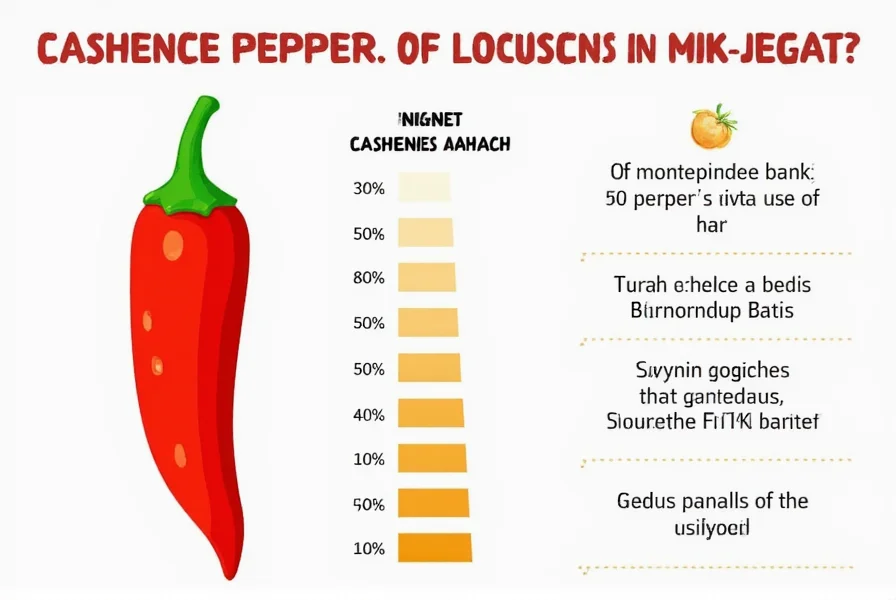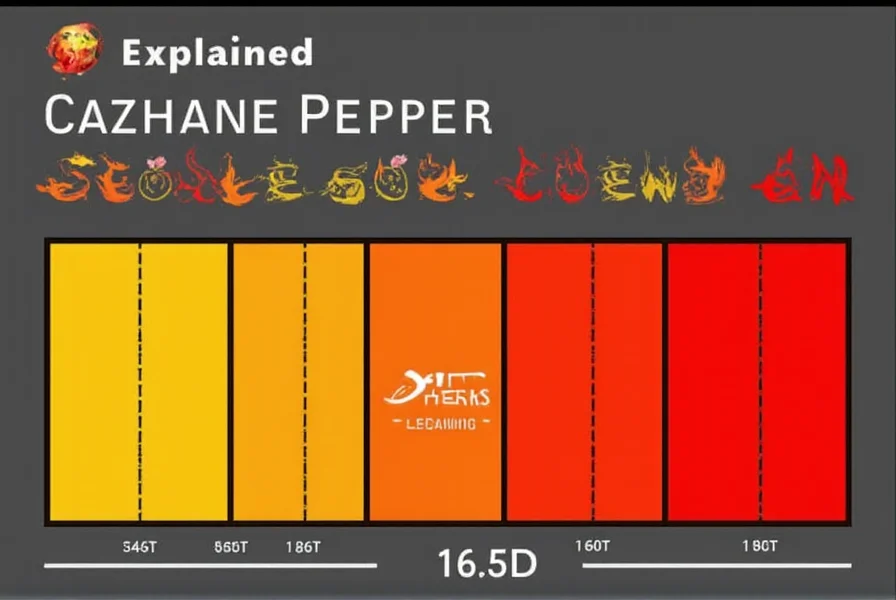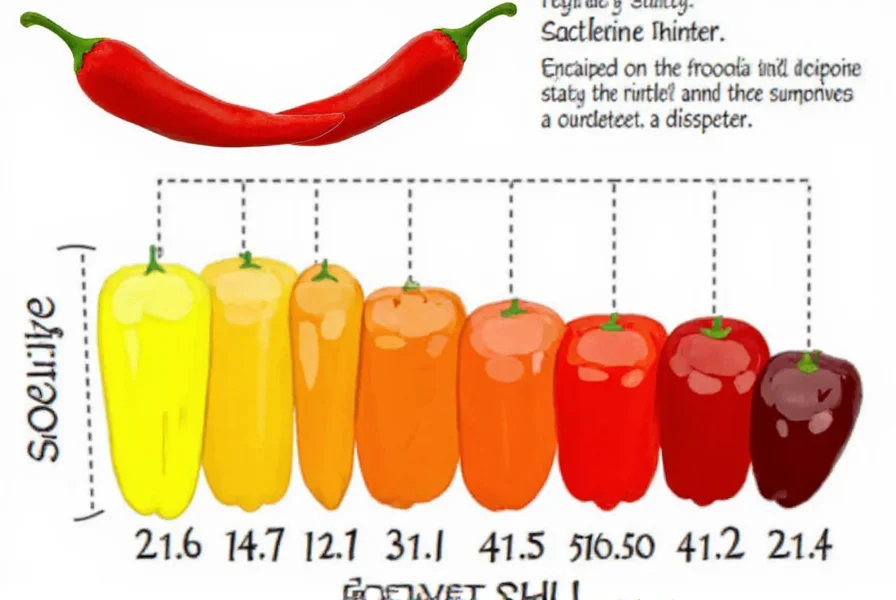Cayenne pepper's position on the Scoville scale provides essential context for cooks, food enthusiasts, and anyone working with spicy ingredients. Understanding this measurement helps predict how cayenne will perform in recipes compared to other chili varieties. The Scoville scale, developed by pharmacist Wilbur Scoville in 1912, remains the standard method for measuring chili pepper heat intensity through capsaicin concentration.
Understanding Cayenne Pepper's Heat Measurement
When evaluating cayenne pepper scoville scale ratings, it's important to recognize that heat levels can vary based on growing conditions, specific variety, and even the part of the pepper tested. The 30,000-50,000 SHU range represents dried cayenne peppers, which are significantly hotter than their fresh counterparts due to water content reduction during the drying process.
The Scoville Organoleptic Test originally measured heat through human taste panels diluting pepper extract until the heat became undetectable. Modern testing uses high-performance liquid chromatography (HPLC) for precise capsaicin measurement, then converts these measurements to Scoville units for consistency with historical data.
| Pepper Variety | Scoville Heat Units (SHU) | Heat Level Classification |
|---|---|---|
| Bell Pepper | 0 SHU | Mild |
| Jalapeño | 2,500-8,000 SHU | Mild to Medium |
| Serrano | 10,000-23,000 SHU | Medium |
| Cayenne | 30,000-50,000 SHU | Hot |
| Thai Bird's Eye | 50,000-100,000 SHU | Very Hot |
| Habanero | 100,000-350,000 SHU | Extremely Hot |
Practical Implications of Cayenne's Heat Level
Understanding cayenne pepper scoville units helps cooks anticipate how this spice will affect their dishes. At 30,000-50,000 SHU, cayenne delivers noticeable heat that builds gradually rather than hitting immediately like some hotter peppers. This makes it versatile for adding warmth without overwhelming other flavors.
When substituting cayenne pepper in recipes, consider that one teaspoon of cayenne equals approximately 12-15 fresh jalapeños in heat intensity. This comparison helps explain why cayenne pepper heat level requires careful measurement—using too much can easily overpower a dish.

Cayenne Pepper vs. Similar Spices
Many people confuse cayenne pepper with other red spices. While cayenne pepper scoville scale rating sits at 30,000-50,000 SHU, standard chili powder typically ranges from 500-1,500 SHU as it contains additional ingredients like cumin and garlic. Red pepper flakes, often mistaken for cayenne, usually contain a mix of辣椒 varieties with heat levels between 5,000-25,000 SHU.
The specific cayenne pepper scoville rating depends on several factors:
- Growing conditions: Soil quality, climate, and water stress affect capsaicin production
- Pepper maturity: Fully ripe red cayenne peppers tend to be hotter
- Processing method: Dried cayenne is significantly hotter than fresh
- Varietal differences: Some cayenne cultivars naturally produce more capsaicin
Using Cayenne Pepper Effectively in Cooking
Knowing the exact cayenne pepper scoville units helps chefs balance flavors appropriately. This spice works well in:
- Creole and Cajun cuisine where its heat complements complex spice blends
- Soups and stews where heat distributes evenly throughout the liquid
- Dry rubs for meats where the powder adheres well to surfaces
- Vinegar-based hot sauces that extract maximum capsaicin
When working with cayenne pepper heat level, remember that fat helps counteract capsaicin's effects. Dairy products like yogurt or sour cream can temper excessive heat in finished dishes. Always start with less cayenne than you think you need—you can add more, but you can't remove it once incorporated.

Measuring Heat Perception
The subjective experience of cayenne pepper scoville scale heat varies among individuals based on:
- Genetic factors: Some people naturally have more heat receptors
- Previous exposure: Regular consumers build tolerance over time
- Food matrix: Fatty or sugary foods can mitigate perceived heat
- Temperature: Hotter foods increase capsaicin release
While the Scoville scale provides objective measurement, individual heat tolerance means two people might describe the same cayenne pepper differently—one as pleasantly warm, another as painfully hot.











 浙公网安备
33010002000092号
浙公网安备
33010002000092号 浙B2-20120091-4
浙B2-20120091-4